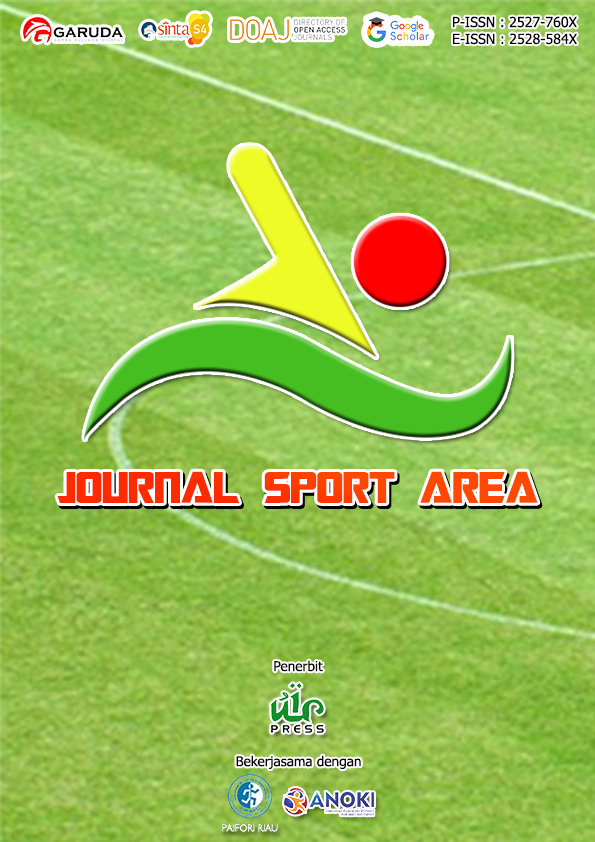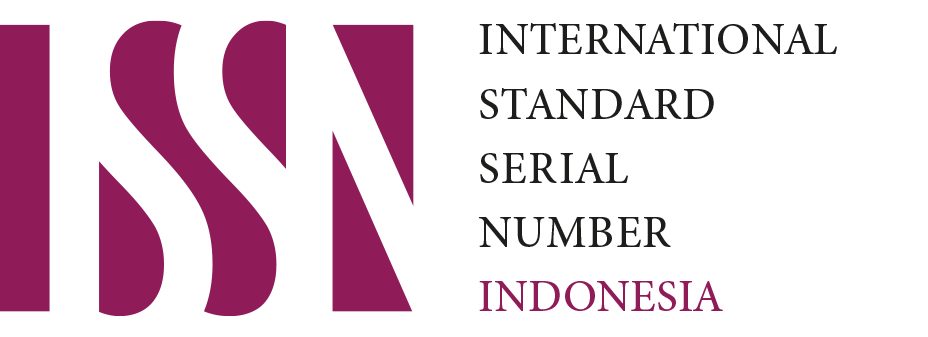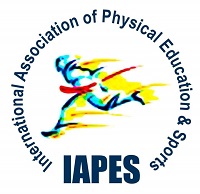A study on teacher education in India: Physical education, some policy issues and challenges
Keywords:
Education, teacher education, physical education, issues, challenges, policyAbstract
This paper deals with some policies, problems and planned suggestions for teacher education and role of teacher in physical education. The goal of this Special Issue was to raise awareness of physical education teacher education (PETE) by expanding the knowledge base and geographical, theoretical, and innovative writing about PETE, physical education teacher educators, and those who shape (policymakers/higher education leadership) and those who experience PETE. The present research paper is based on explorative types of study. This research study is focused on teachers and physical education in India. This present study is basically case types of study, the researcher used secondary sources. The main implication of the study was to the Govt when any policy is introduced, it is the responsibility to checked in ground level, not only in papers.
Downloads
References
Act, R. T. E. (2009). The Right of Children to Free and Compulsory Education Act 2009. The Gazette of India.
Ahmed, M., & Godiyal, S. (2021). Impact of COVID-19 on Academic Adjustment of Tribal Students withparticular reference to Jammu and Kashmir. PAIDEUMA JOURNAL, 14(1), 23-35
Alexander, K., & Penney, D. (2005). Teaching under the influence: feeding games for understanding into the sport education development-refinement cycle. Physical Education and Sport Pedagogy, 10(3), 287-301.
Ansari, A. H., & Gulhane, S. M. Enhancing the Performance Of Rf Band Using Cyclostationary Feature Detection.
Bronikowski, M., Bronikowska, M., Laudańska-Krzemińska, I., Kantanista, A., Morina, B., & Vehapi, S. (2015). PE teacher and classmate support in level of physical activity: The role of sex and BMI status in adolescents from Kosovo. BioMed research international, 2015.
Carlson, S. A., Fulton, J. E., Lee, S. M., Maynard, L. M., Brown, D. R., Kohl III, H. W., & Dietz, W. H. (2008). Physical education and academic achievement in elementary school: data from the early childhood longitudinal study. American journal of public health, 98(4), 721-727.https://doi.org/10.2105/AJPH.2007.117176
DeCorby, K., Halas, J., Dixon, S., Wintrup, L., & Janzen, H. (2005). Classroom teachers and the challenges of delivering quality physical education. The Journal of Educational Research, 98(4), 208-221.
Carney, P., & Howells, K. (2008). Defining the specialist teacher of primary physical education. Primary Physical Education Matters, 3(3), iii-iv.
Chakraborty, B., Nandy, S., & Adhikari, S. (2012). A study on physical education teachers’ training programme on development of attitude towards physical education. IOSR Journal of Humanities and Social Science, 2(4), 1-3.
Dhal, P. K. (2015). Teacher Education In India At The Cross Roads. Research Paper In Education, 11(1), 08-10.
Dwyer, S., Richard, O. C., & Chadwick, K. (2003). Gender diversity in management and firm performance: The influence of growth orientation and organizational culture. Journal of Business Research, 56(12), 1009-1019.
Duncombe, R., Cale, L., & Harris, J. (2018). Strengthening ‘the foundations’ of the primary school curriculum. Education 3-13, 46(1), 76-88.
Ho, W. K. Y., Ahmed, M. D., &Kukurova, K. (2021). Development and validation of an instrument to assess quality physical education. Cogent Education, 8(1), 1864082.https://doi.org/10.1080/2331186X.2020.1864082
Jeong, H. C., & So, W. Y. (2020). Difficulties of online physical education classes in middle and high school and an efficient operation plan to address them. International journal of environmental research and public health, 17(19), 7279.https://doi.org/10.3390/ijerph17197279
Jenkinson, K. A., & Benson, A. C. (2010). Barriers to providing physical education and physical activity in Victorian state secondary schools. Australian Journal of Teacher Education, 35(8), 1-17.
Kohl III, H. W., & Cook, H. D. (2013). Educating the student body: Taking physical activity and physical education to school. Washington (DC): National Academies Press (US).
Kumar, P.,&Azad, B. (2016).Teacher education in India: Some Policy issues and Challenges. International Journal of Advance Research and Innovative idea in Education, 2(6), 1208-1224.
Mocanu, G. D., Murariu, G., Iordan, D. A., Sandu, I., & Munteanu, M. O. A. (2021). The Perception of the Online Teaching Process during the COVID-19 Pandemic for the Students of the Physical Education and Sports Domain. Applied Sciences, 11(12), 5558.https://doi.org/10.3390/app11125558
Morgan, P., & Bourke, S. (2008). Non-specialist teachers' confidence to teach PE: the nature and influence of personal school experiences in PE. Physical Education and Sport Pedagogy, 13(1), 1-29.
Russell, M., Bebell, D., O'Dwyer, L., & O'Connor, K. (2003). Examining teacher technology use: Implications for preservice and inservice teacher preparation. Journal of teacher Education, 54(4), 297-310.
O’Sullivan, M., & Parker, M. (2018). Curriculum Studies in Health and Physical Education policy space. Physical education teacher education in a global, 9(1), 1-6. https://doi.org/10.1080/18377122.2018.1425119
Quay, J. (2014). The challenges of teaching physical education: Juxtaposing the experiences of physical education teachers in Kenya and Victoria (Australia). African Journal for physical health education, recreation and dance, 20(22), 745-754.
Richard, J. A. (2016). Problems of Teacher Education in India. International Journal of Multidisciplinary Research and Modern Education (IJMRME),2(1), 714-719.
Savita, M., & Khade Vaishali, S. Teacher Related Issues in Implementation of Quality Physical Education Program in India.
Sonwane, J. R. (2015). Teacher education in India. International Journal of Research and Analytical Reviews, 2(3), 23-27.
Trocmé, N., MacLaurin, B., Fallon, B., Daciuk, J., Billingsley, D., Tourigny, M., ... & McKenzie, B. (2001). Canadian incidence study of reported child abuse and neglect: Final report. Ottawa: Minister of Public Works and Government Services Canada.
Teachers of India (2012). Physical education as a support for learning. http://www.teachersofindia.org/en/article/physical-education-support-learning
UNESCO. (2013). World-wide Survey of School Physical Education.London: United Nations, 50-120. http://www.unesco.org/shs/sport.
Trocmé, N., MacLaurin, B., Fallon, B., Daciuk, J., Billingsley, D., Tourigny, M., ... & McKenzie, B. (2001). Canadian incidence study of reported child abuse and neglect: Final report. Ottawa: Minister of Public Works and Government Services Canada.
Victor, S. R. (2013). Teacher-Trainees Attitude towards ICT. Learning, 4(19), 18-22.
Verani, J. R., McGee, L., & Schrag, S. J. (2010). Prevention of perinatal group B streptococcal disease: revised guidelines from CDC, 2010.
Yardman-Frank, J. M., Glassheim, E., Kricker, A., Armstrong, B. K., Marrett, L. D., Luo, L., ... & Berwick, M. (2021). Differences in Melanoma Between Canada and New South Wales, Australia: A Population-Based Genes, Environment, and Melanoma (GEM) Study. JID innovations, 1(1), 100002.
Published
How to Cite
Issue
Section
This is an open-access article distributed under the terms of the Creative Commons Attribution-ShareAlike 4.0 International License which permits unrestricted use, distribution, and reproduction in any medium. Users are allowed to read, download, copy, distribute, search, or link to full-text articles in this journal without asking by giving appropriate credit, provide a link to the license, and indicate if changes were made. All of the remix, transform, or build upon the material must distribute the contributions under the same license as the original.
Accepted 2021-08-24
Published 2021-09-29



.png)




















.png)







.png)





